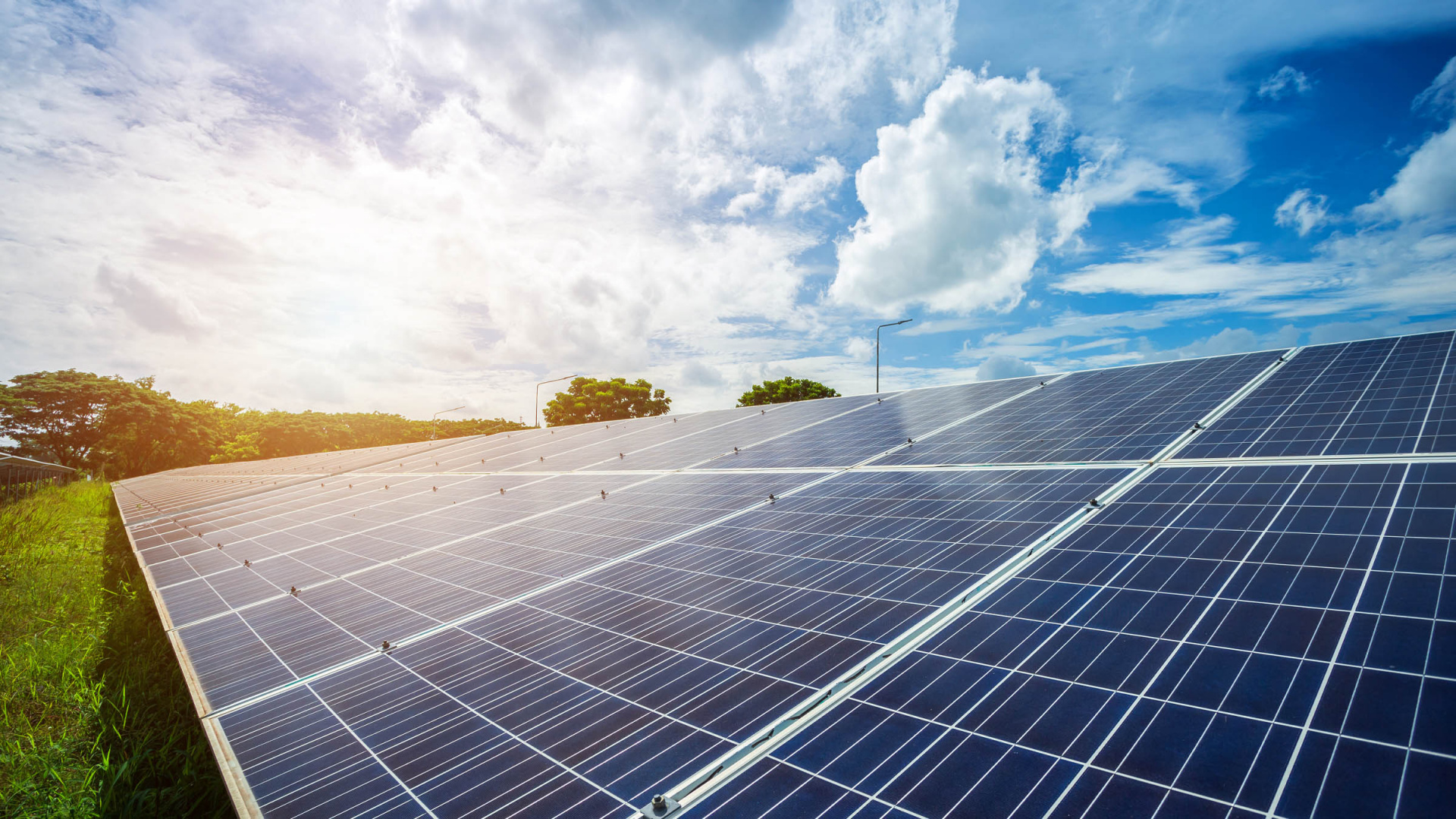THE BASICS YOU NEED TO KNOW
Manitobans are increasingly interested in using solar photovoltaic (PV) systems to power their homes and businesses — and it’s no wonder why! When it comes to renewable energy sources, the sun is high on the list. While our province is already a leader in creating clean and renewable energy through hydroelectric power, harnessing the sun’s rays through solar PV creates an additional clean energy source.
But how do solar PV systems work and what are the benefits for homeowners and businesses? What are some important things to keep in mind before making the investment? And do we offer rebates? Spoiler: the answer is yes!
What is solar energy?
First, we need to define solar energy. Solar energy captures light from the sun and converts it into forms of energy, like electricity and heat, that we can use. There are two methods of solar energy generation commonly seen in homes and commercial buildings: solar PV and solar thermal. Both methods use the sun’s energy to create usable energy. However, solar PV systems use the energy to generate electricity, whereas solar thermal systems use the energy to heat air or water. This article focuses on solar PV systems for generating electricity.
How solar PV systems work
Solar PV systems are the most used solar technology. During the day, solar PV panels produce direct current (DC) power from the sun’s rays, which is fed through an inverter to create alternating current (AC) power. AC is the most common type of electrical current used in our homes.
The benefits of solar PV
There can be many benefits to installing a solar PV system:
- It provides energy to your home or business in a sustainable manner.
- It helps reduce your monthly energy bills.
- It mitigates the impact of future rate increases.
- It can increase the value of your property.
Connecting to the grid
Most of Manitoba’s solar PV systems are grid-connected. In a grid-connected system, any surplus electricity generated by your solar PV system that remains unused in your home or business travels back to Manitoba Hydro’s electrical grid. Connection to the grid also ensures you have a reliable supply of electricity when your solar PV system isn’t generating enough for your needs. Grid-connected solar PV systems can significantly reduce the amount of electricity you buy during daylight hours depending on a number of factors.
Panel mounting options
There are two main ways to mount your panels: rooftop or ground mounted.
Rooftop system installation mainly happens in urban areas where there’s not enough space for a ground system. The size of the roof may limit the size of the system, and the roof slope can make it difficult to optimize production of solar energy. However, it can still be a good option and produce a desirable amount of electricity depending on the orientation and inclination of the roof.
Ground systems are more common on large properties with lots of space. Fixed panel systems facing due south at 40° to 50° inclination achieve better energy output, which is easier to do with a ground system. A rooftop system is often limited to the direction the roof faces (which is often not due south) and the roof slope (which is usually lower than the ideal inclination). Because they’re more accessible, fixed ground systems are generally easier to maintain and keep clean and clear of snow compared to rooftop systems.
Install a solar PV system & get a rebate
Like any significant investment, research and understanding is key. When it comes to the investment and decision on a solar PV system, we have several articles on our website to help with your research.
If you’ve determined that installing a solar PV system is for you, we can help. We offer rebates on solar PV systems for homes and businesses connected to Manitoba Hydro’s grid.
Check out the rest of the articles in our solar series.

